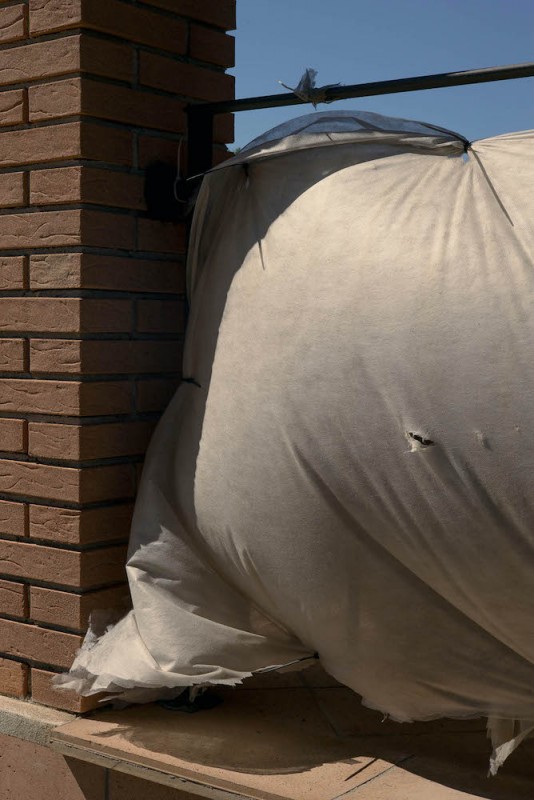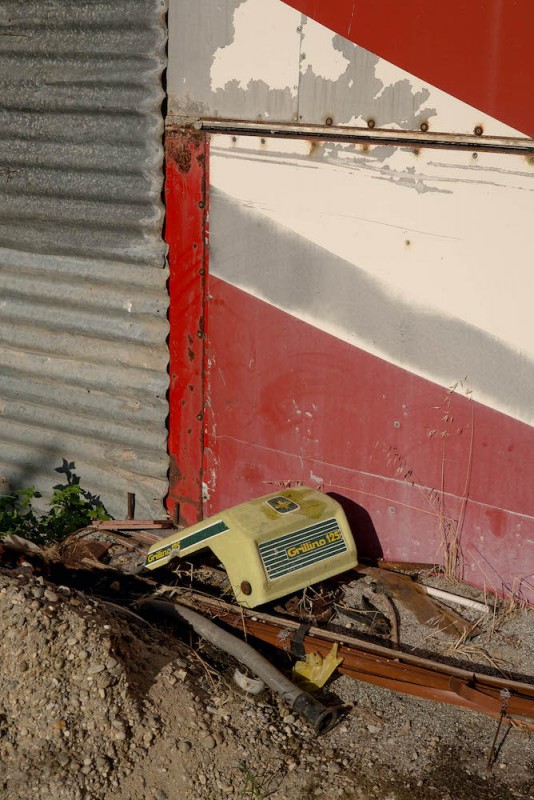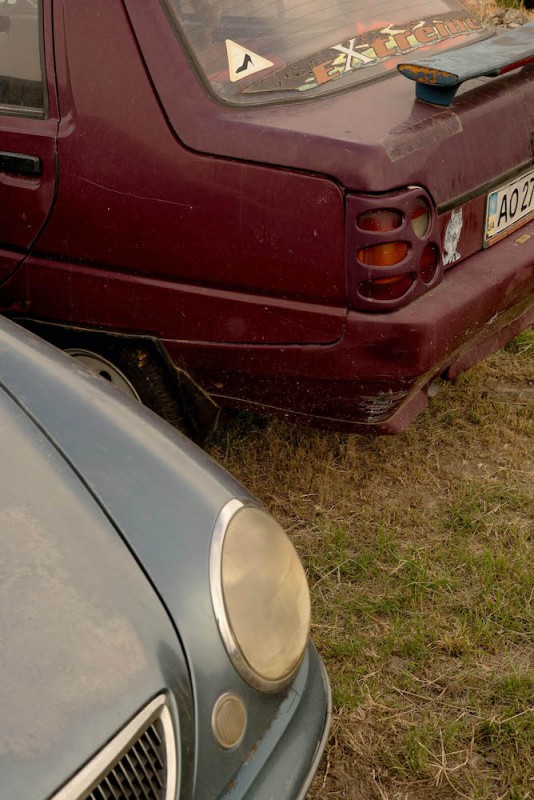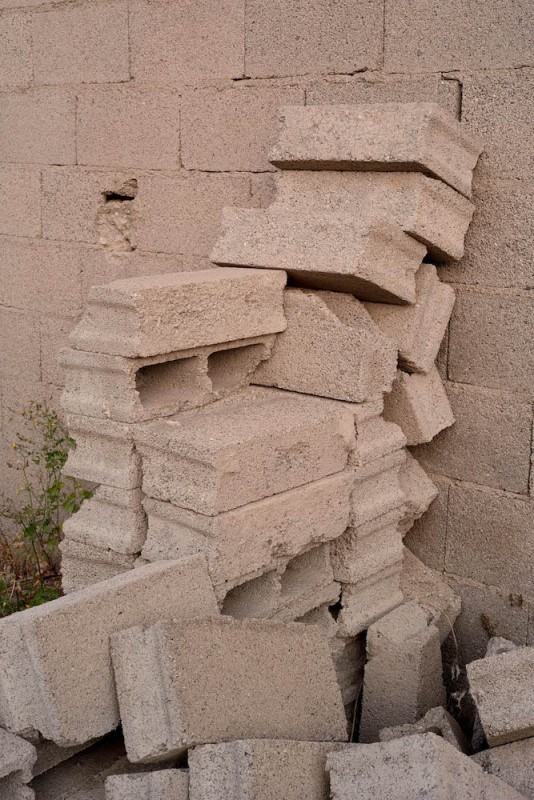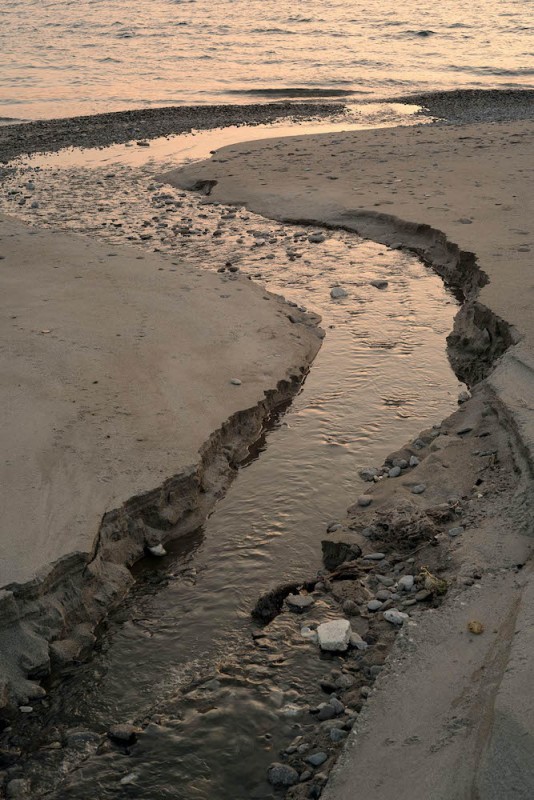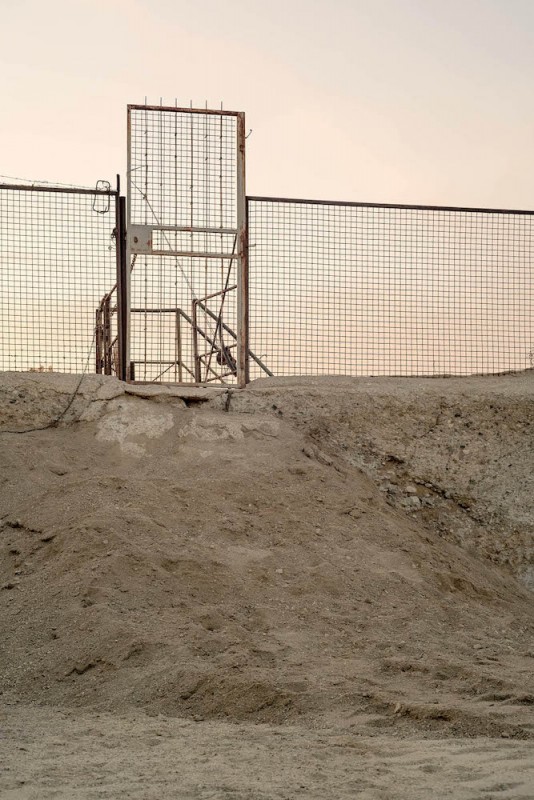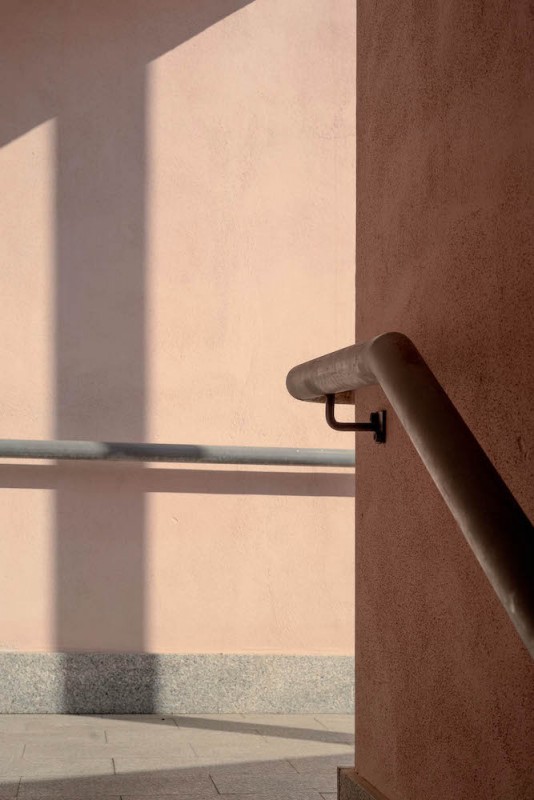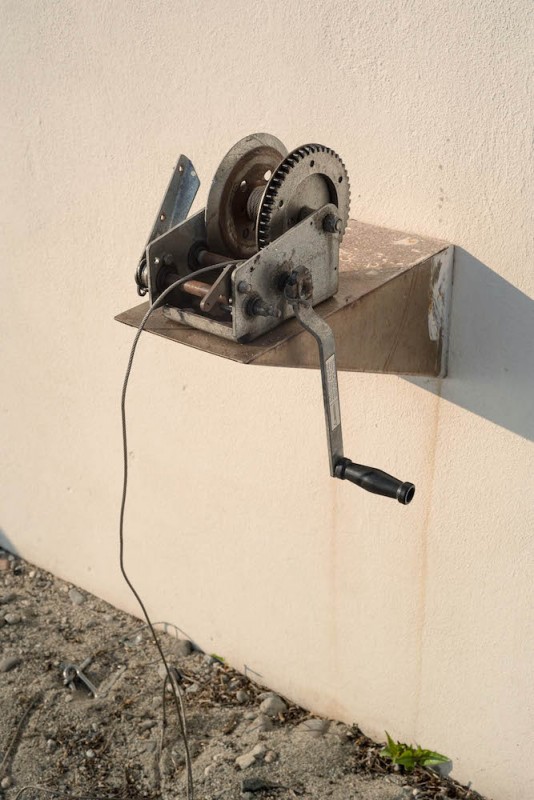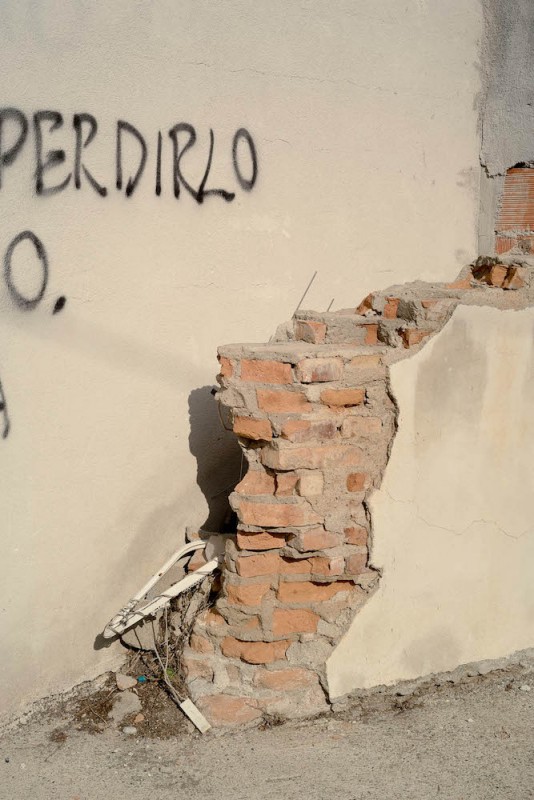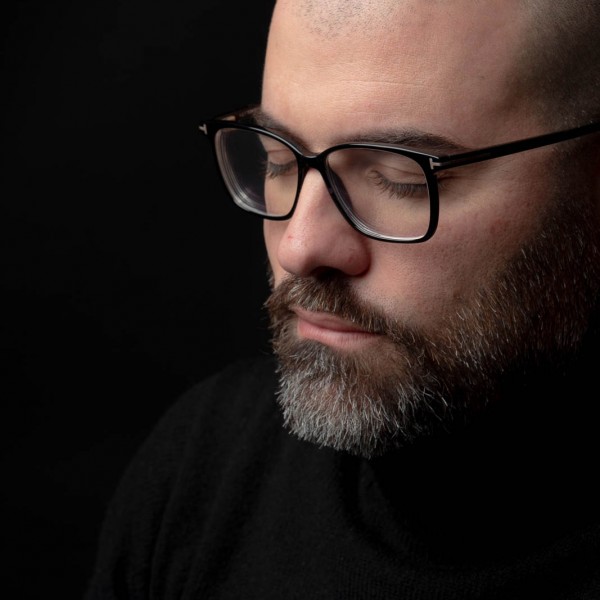Un luogo bello
Un luogo bello
Alessandro Mallamaci
January 31, 2022
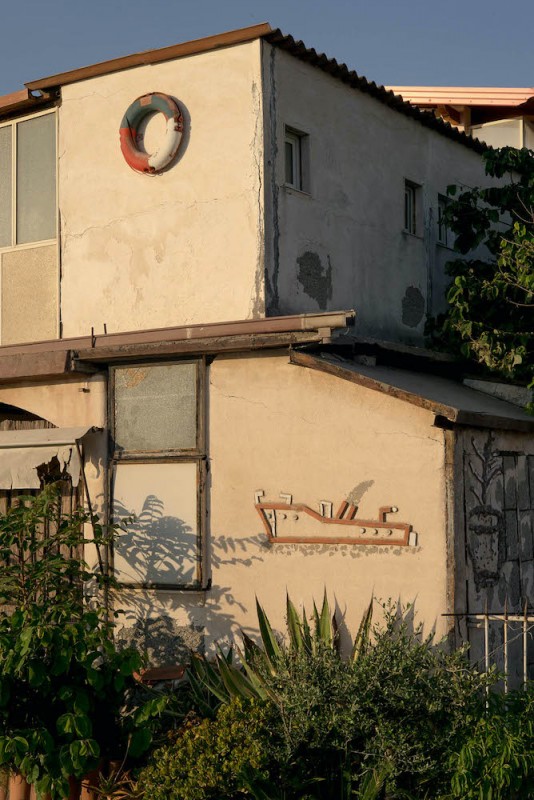
LFI: In your photos, Calabria seems to be a region that is a “work in progress”. How would you describe the area in your own words?
Alessandro Mallamaci: I was born in Calabria and the landscape presented in my project is my home. It is the landscape to which I belong and which belongs to me. At first glance, it might seem that my aim is to denounce or make fun of something or someone; but I believe that if you try to go deeper, you will read the love behind each shot. There is also anger, of course, and there is irony, without a doubt; but it is the irony of those who live in those places every day, for better or for worse. I don't want to pass judgement. I hope that my photographs can encourage the viewer to ask questions instead.
How long were you on the move for this project?
I started to take photographs of the valley of the Sant’Agata River, in Aspromonte (southern Calabria, Italy), six years ago. Time was necessary to understand the best way to photograph this project. I believe that each project deserves a different approach. While it is true that the search for a language is a very long and complex process, I think that we cannot express ourselves in the same way each time, regardless of the subject we are talking about, the audience and the purpose of the project. I was investigating the relationship between man and landscape; but at some point I felt the need to change my position and to get closer to my landscape, while trying to maintain a respectful and perhaps even loving view.
Light and shadow seem to play an important role in your photos. Were there times of day when you preferred to be out and about?
At first I tried to shy away from the light at dawn and dusk, because it is more eye-catching and helps create more glossy images, universally considered "beautiful". Everything can look poetic if photographed in the right light. At the beginning I even tried to photograph during the middle of the day, in order to have a look rendered even more neutral, almost objective (although I don't think it is possible to be objective) by the zenithal light. Over time I softened these extreme positions, and even preferred to go out and shoot with a softer light; also because it reflected my feelings and my relationship with the landscape photographed. The result of this evolution is an incredibly rich portfolio of images taken in all seasons and at all times of the day. Nevertheless, I believe that there is still a coherence, both in terms of the subjects chosen, the framing, and perhaps also the relationship between light and shadow, which are probably key points in my photography research.
What camera did you use and how did it help you achieve your goals?
I started this project at the beginning of my collaboration with Leica Camera, as a teacher at the Leica Akademie. During this period I had the pleasure of testing many Leica cameras, such as the Leica M (Typ 240) first, and later the Leica M10-P, the Leica Q (Typ 116), the Leica S2 and the S (Typ 007) with a Summarit-S 70mm, which are cameras I love.
Even so, the camera I used most for this project was a Leica SL (Typ 601) paired with a Leica Summicron-M 50mm, which is my favourite lens because of the results it delivers, especially at the most open apertures. For this project, however, I used it almost always with rather closed apertures; and, in general, I preferred to use a normal focal length, because it allows a decidedly different representation compared to that of a wide-angle lens, for example. With the same elements in the field, the normal one forces you to take a step back, to look from a greater distance, to be less involved in the scene – even if it was precisely my involvement with what I was photographing that brought me so close.
In addition to being the focal length that offers a representation of perspective relationships that is closest to the real thing, the use of the 50mm allowed me, in fact, to create very narrow vertical sections of the landscape, alternated with some wide fields that allow you to take a breath and observe even more slowly.
Alessandro Mallamaci+-
Mallamaci is a professional photographer and teacher at the Leica Akademie Italy and the EIZO Color Academy. He regularly holds intensive courses and workshops on photography and post-production. He created the lab stampafineart.net and is a founding member of Il cerchio dell’immagine, one of the most important educational centres in the field of photography in Italy. His dummy book Un luogo bello was shortlisted for the Andy Rocchelli Grant in 2021, an international award promoted by CESURA. He is represented by the Valeria Bella Gallery in Milan. More

